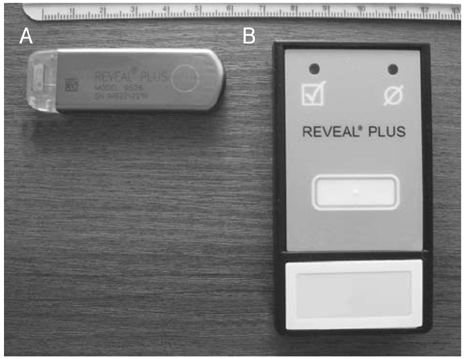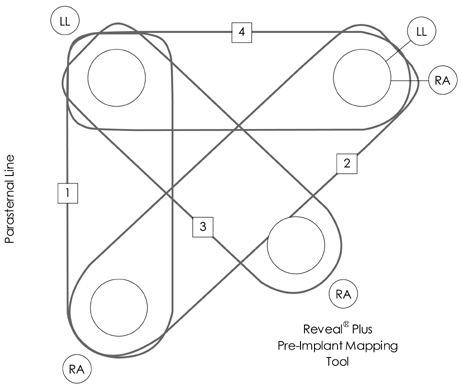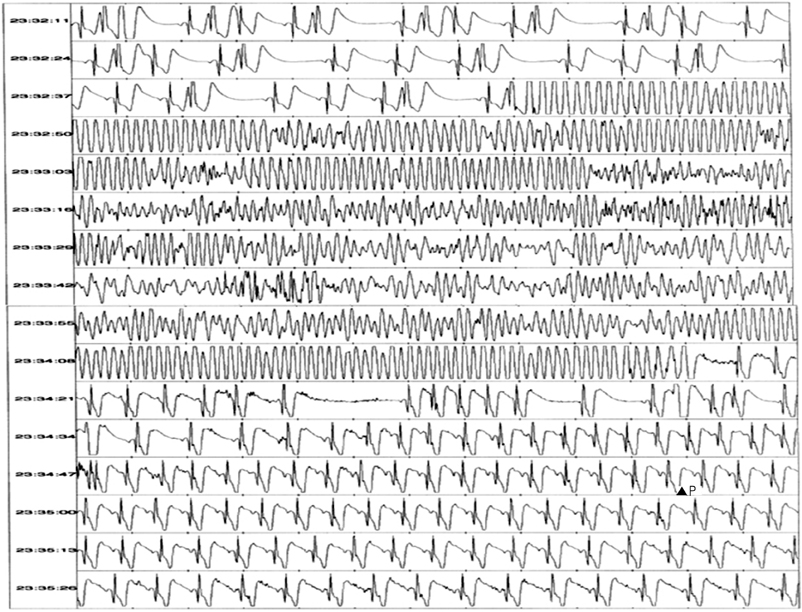Korean Circ J.
2008 Apr;38(4):205-211. 10.4070/kcj.2008.38.4.205.
The Use of an Implantable Loop Recorder in Patients With Syncope of Unknown Origin
- Affiliations
-
- 1Division of Cardiology, Cardiac and Vascular Center, Samsung Medical Center Sungkyunkwan University School of Medicine, Seoul, Korea. juneskim@skku.edu
- 2Division of Cardiology, Gangneung Asan Hospital, University of Ulsan College of Medicine, Gangneung, Korea.
- 3Division of Cardiology, Department of Medicine, Sam Anyang General Hospital, Anyang, Korea.
- KMID: 2225820
- DOI: http://doi.org/10.4070/kcj.2008.38.4.205
Abstract
-
BACKGROUND AND OBJECTIVES: Possible mechanisms of syncope often remain unknown despite the performance of extensive cardiological and neurological tests. An implantable loop recorder (ILR) has been introduced to monitor the heart rhythm continuously over a year. We evaluated the diagnostic value of the use of the ILR for unexplained syncope.
SUBJECTS AND METHODS
Between 2006 and 2007, an ILR was implanted in 9 patients (7 male, 2 female, mean age 55+/-17 years) where syncope remained unexplained after extensive diagnostic tests. We analyzed the recorded electrocardiogram signal in the memory of the ILR.
RESULTS
During a follow-up period of 8.8+/-7.3 months, arrhythmia was detected in five patients. Two patients had a sinus pause and received a permanent pacemaker, and one patient had sustained ventricular tachycardia and fibrillation and received an implantable cardioverter defibrillator. One patient had micturition syncope with sinus pause and is waiting for permanent pacemaker implantation, and one patient had symptomatic paroxysmal atrial fibrillation and was administered anticoagulation therapy. Inappropriate auto-activations such as a pseudopause or a decreasing signal were also noted.
CONCLUSION
ILR monitoring seems to be a useful diagnostic tool to identify the arrhythmic cause in patients with unexplained syncope.
MeSH Terms
Figure
Cited by 1 articles
-
Usefulness of an Implantable Loop Recorder in Patients with Syncope of an Unknown Cause
Gu Hyun Kang, Ju Hyeon Oh, Woo Jung Chun, Yong Hwan Park, Bong Gun Song, June Soo Kim, Young Keun On, Seung Jung Park, June Huh
Yonsei Med J. 2013;54(3):590-595. doi: 10.3349/ymj.2013.54.3.590.
Reference
-
1. Brignole M, Alboni P, Benditt DG, et al. Guidelines on management (diagnosis and treatment) of syncope: update 2004. Europace. 2004. 6:467–537.2. Ammirati F, Colivicchi F, Santini M. Diagnosing syncope in clinical practice: implementation of a simplified diagnostic algorithm in a multicentre prospective trial. Eur Heart J. 2000. 21:935–940.3. Brignole M, Gianfranchi L, Menozzi C, et al. Role of autonomic reflexes in syncope associated with paroxysmal atrial fibrillation. J Am Coll Cardiol. 1993. 22:1123–1129.4. Kapoor WN. Syncope. N Engl J Med. 2000. 343:1856–1862.5. Kim JS. Neurocardiogenic Syncope. Korean Circ J. 2001. 31:262–269.6. Krahn AD, Klein GJ, Yee R. Recurrent syncope: experience with an implantable loop recorder. Cardiol Clin. 1997. 15:313–326.7. Cohen TJ, Ibrahim B, Sassower MJ. Revealing data retrieved from an implantable loop recorder. J Invasive Cardiol. 2000. 12:174–175.8. Kenny RA, Krahn AD. Implantable loop recorder: evaluation of unexplained syncope. Heart. 1999. 81:431–433.9. Boersma L, Mont L, Sionis A, Garcia E, Brugada J. Value of the implantable loop recorder for the management of patients with unexplained syncope. Europace. 2004. 6:70–76.10. Lombardi F, Calosso E, Mascioli G, et al. Utility of implantable loop recorder (Reveal Plus) in the diagnosis of unexplained syncope. Europace. 2005. 7:19–24.11. Giada F, Gulizia M, Francese M, et al. Recurrent unexplained palpitations (RUP) study comparison of implantable loop recorder versus conventional diagnostic strategy. J Am Coll Cardiol. 2007. 49:1951–1956.12. Nierop PR, van Mechelen R, van Elsacker A, Luijten RH, Elhendy A. Heart rhythm during syncope and presyncope: results of implantable loop recorders. Pacing Clin Electrophysiol. 2000. 23:1532–1538.13. Kang TS, Kim DJ, Kwon HM, et al. Analysis of heart rate variability in 24-Hour holter monitoring of patients with vasovagal syncope. Korean Circ J. 2000. 30:1417–1422.14. Linzer M, Pontinen M, Gold DT, Divine GW, Felder A, Brooks WB. Impairment of physical and psychosocial function in recurrent syncope. J Clin Epidemiol. 1991. 44:1037–1043.15. Ng E, Stafford PJ, Ng GA. Arrhythmia detection by patient and auto-activation in implantable loop recorders. J Interv Card Electrophysiol. 2004. 10:147–152.16. Grubb BP, Olshansky B. Syncope: Mechanism and Management. 2005. 2nd ed. Blackwell Futura;315–321.17. Trigano A, Blandeau O, Dale C, Wong MF, Wiart J. Risk of cellular phone interference with an implantable loop recorder. Int J Cardiol. 2007. 116:126–130.
- Full Text Links
- Actions
-
Cited
- CITED
-
- Close
- Share
- Similar articles
-
- Usefulness of an Implantable Loop Recorder in Patients with Syncope of an Unknown Cause
- Diagnostic usefulness of implantable loop recorder in patients with unexplained syncope or palpitation
- Clinical Approach and Diagnosis of Syncope
- Usefulness of an Implantable Loop Recorder in Diagnosing Unexplained Syncope and Predictors for Pacemaker Implantation
- Impact of an expanded reimbursement policy on utilization of implantable loop recorders in patients with cryptogenic stroke in Korea






